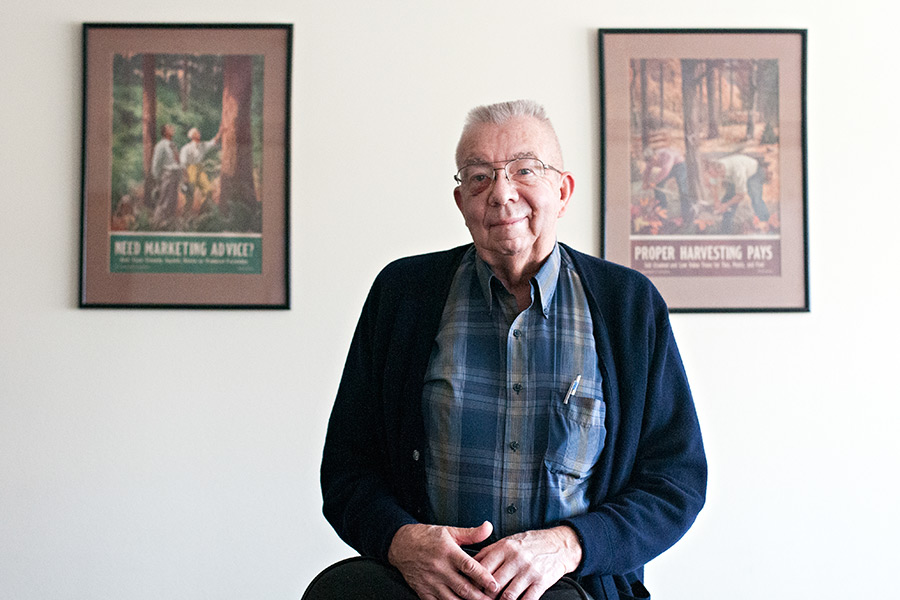Eighty years ago, the American West was ravaged by a drought the likes no one had ever seen in this country. The Great Plains’ soil and dirt slowly eroded away during some of the driest years on record and massive dust storms would black out the sun.
The storms were so massive they even reached Washington D.C., where in 1937, Congress and President Franklin D. Roosevelt worked together to craft legislation to conserve and protect soil and water. That effort led to the creation of conservation districts across the country and today there are nearly 3,000 in the United States.
For decades, local conservation districts have enforced rules and regulations protecting natural resources, including the Flathead Conservation District, which is celebrating its 70th anniversary this spring. The anniversary coincides with the United Nation’s declaration that 2015 is the International Year of Soils. To celebrate both events, the conservation district is holding an event at Flathead Valley Community College on April 22.
The conservation district is a political subdivision of the state and is governed by a local board. There are five elected supervisors who serve four-year terms and two appointed urban supervisors who represent Whitefish for three-year terms. The conservation district includes all land in Flathead County except within the city limits of Kalispell and Columbia Falls. The district also employs three people at its office in Evergreen, including two conservationists.
According to board chairman Ronald Buentemeier, conservation district employees spend most of their time working with landowners who want to make changes to areas along perennial streams. In order to clear brush or install a culvert, landowners must obtain a free permit from the conservation district.
“Anything that could change the stream’s bank is under our authority,” Buentemeier said, adding that the district processed or permitted 64 applications or emergency notices in 2013. “The thing I really like about this board is that we respect the rights of the private land owner. We try and make good decisions for both the landowner and the environment.”
Buentemeier said the role of the conservation district has changed drastically in 70 years, especially as the Flathead Valley has grown. Decades ago many people made their living off the land and needed water for irrigation and farming, but today that is not often the case. Buentemeier said educating residents about the need to protect soil and water is a big part of the district’s duty now.
“As we get more people in the valley we need to educate them on how to make good decisions to protect natural resources,” he said.
To do that, the Flathead Conservation District gives away thousands of dollars in grants and scholarships every year. In 2015, the district is projected to give $1,000 to students wanting to attend natural resource camps and $10,000 in scholarships to college-age students who are studying conservation and related fields. The district also provides grant money to local schools for conservation-related projects.
Other projects the conservation district is involved with include a weed spraying assistance program and seeding programs that help landowners protect and improve their property in an environmentally friendly manner. The district has also helped restore streambeds, including on Haskill Creek near Whitefish, where crews restored 1,200 feet of riverbank with new soil and vegetation. The project helped reduce the amount of sediment that floated away and stabilized the bank.
The conservation district has also been active in holding public events that educate people about the Flathead watershed. Last summer it hosted a talk about the 1964 flood and its impacts on the area. On April 22 at 6:30 p.m., it will host a viewing of “Symphony of the Soil” at Flathead Valley Community College. Assistant conservationist Kari Musgrove said the documentary takes a complicated yet important subject and makes it digestible for the general public. After the movie, there will also be a short presentation about the soils of western Montana. Musgrove and Buentemeier said events like that help spread the message of conservation in an effort to prevent future disasters like the Dust Bowl of the 1930s.
For more information about the Flathead Conservation District, visit www.flatheadcd.org.
